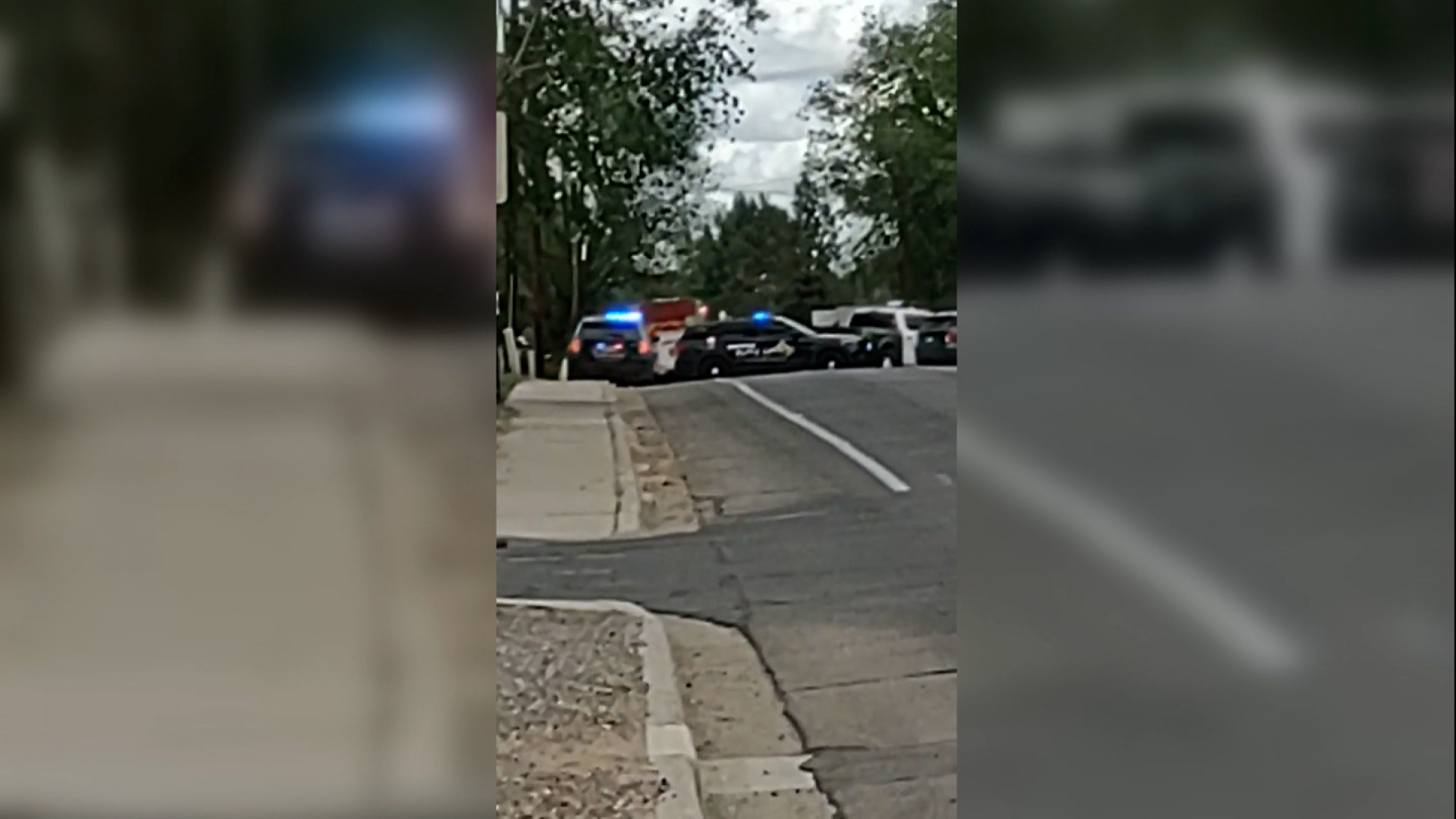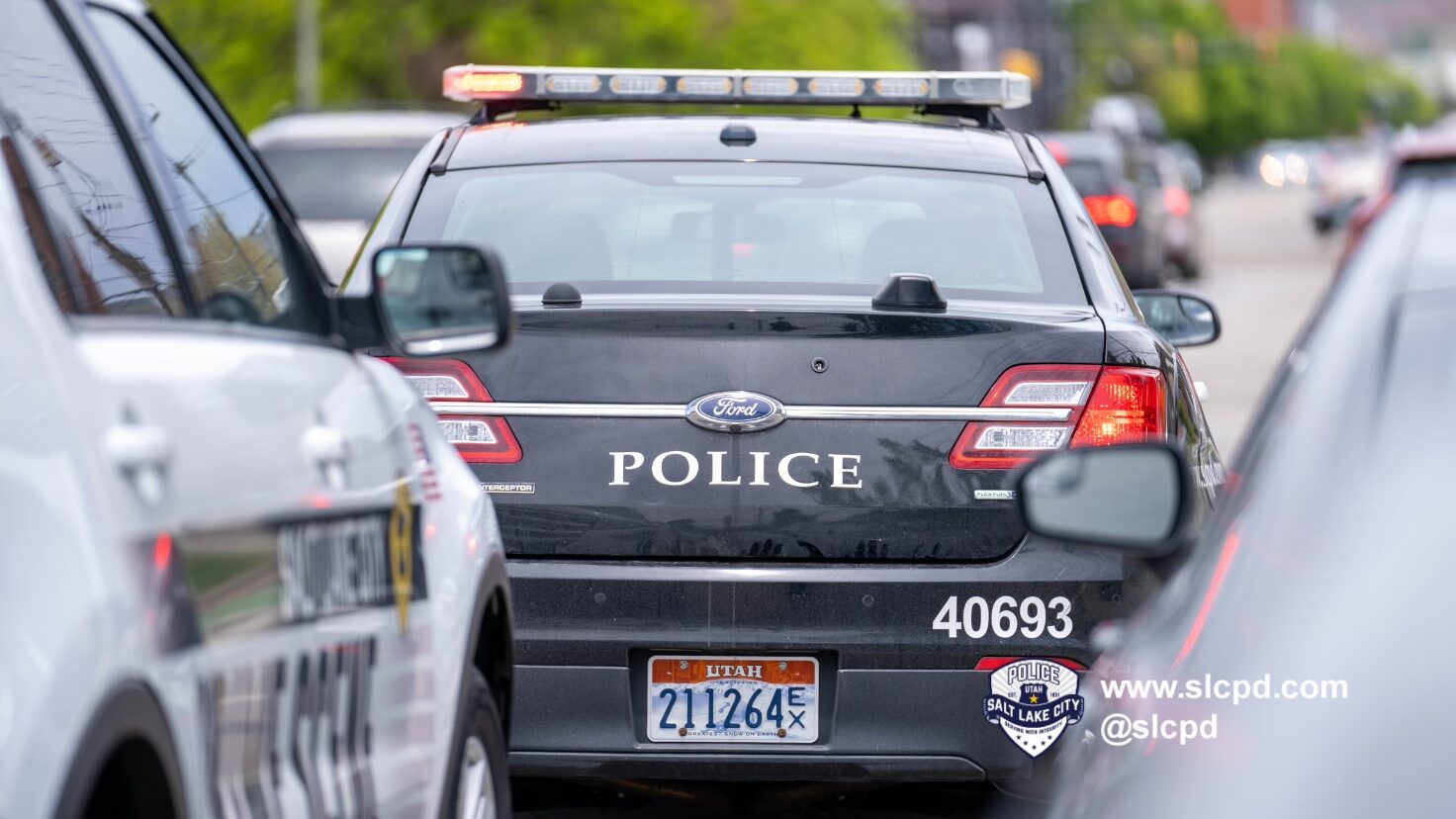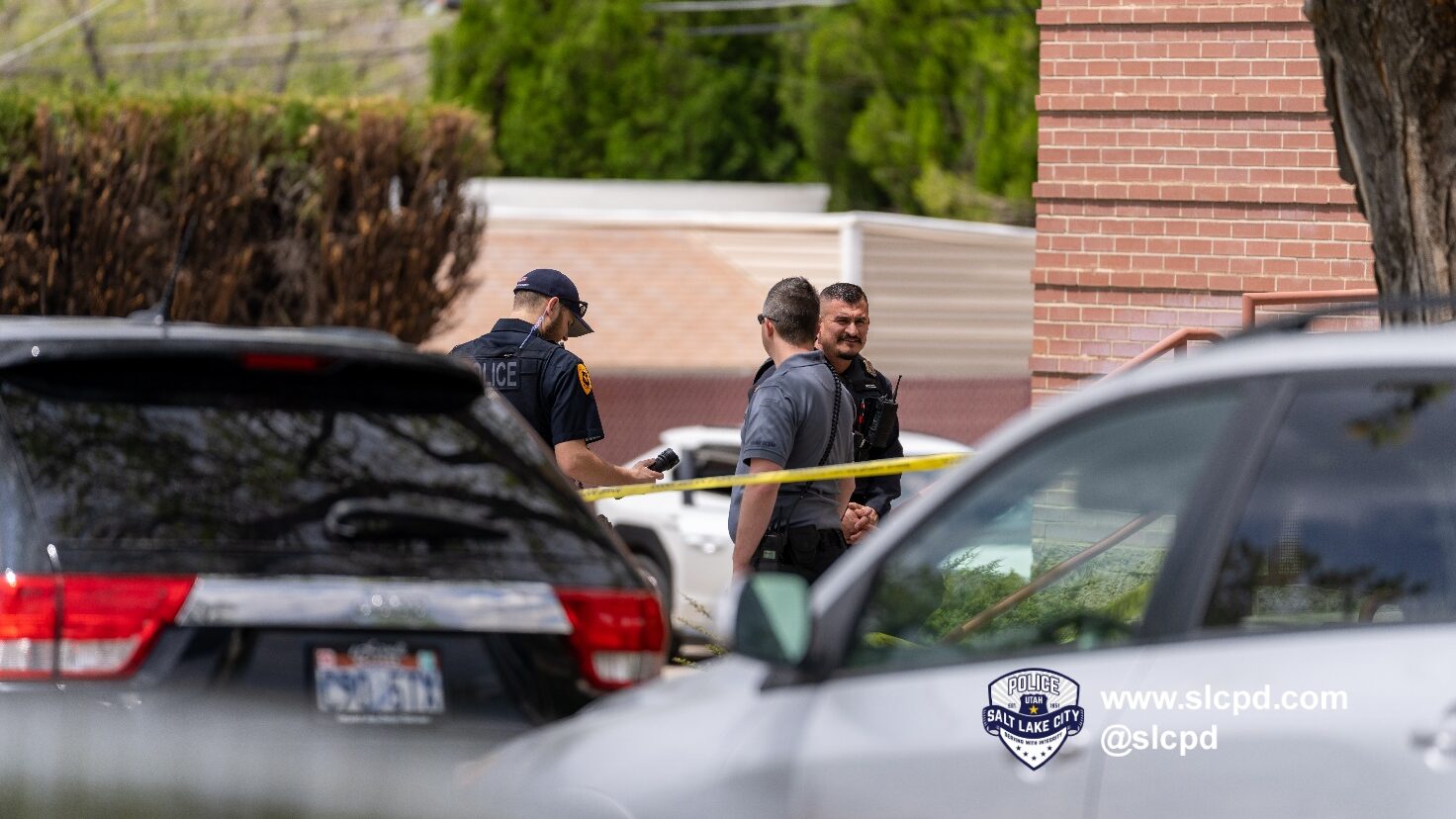CRIME, POLICE + COURTS
36 years after Joyce Yost’s assault, rape victims have more help, but key funding has lapsed
Jun 23, 2021, 12:03 PM

Joyce Yost made the difficult decision to report her rape because she worried her attacker could victimize others. Photo courtesy of the Joyce Yost family.
In the nearly 40 years since the kidnapping, rape and murder of Joyce Yost, the landscape for the victims of rape has significantly changed, with more help available.
Notably, many state and federal laws established since 1985 now outline the rights of crime victims like Yost and give them a louder voice.
However, significant challenges still face victims in the criminal justice process.
Help for rape victims too late for Joyce Yost
Douglas Lovell raped Joyce Yost in April of 1985. He returned to take her life the following August, hoping to prevent her from testifying against him in court. Those crimes, and their decades-long aftermath, are the focus of the second season of KSL’s investigative podcast series COLD.
In the season’s finale episode, COLD host Dave Cawley describes some significant changes to the legal landscape that have occurred since that time. Those changes came too late to help Yost, but are intended to help better protect similar victims of rape and other violent crime.
He grabbed me by the throat and he uh, was forceful and told me if I screamed or said anything … he would tear my throat open.
— Joyce Yost, April 4, 1985
Violence Against Women Act
President Bill Clinton signed the Violence Against Women Act (Title IV, sec. 40001-40703 of the Violence Crime Control and Law Enforcement Act of 1994), (VAWA), into law nearly ten years after the rape and murder of Joyce Yost. According to the Journal of Women’s Health, VAWA was created specifically to protect women from intimate partner violence.
VAWA came to fruition after women’s groups, activists representing battered women, law enforcement agencies, and the courts persuaded the U.S. Congress that the nation needed a federal statute establishing specific protections for women. Why? Proponents argued existing state laws did not sufficiently address violence targeting women.
The initial version of the law attempted to address the crime of rape by focusing on prevention. It also awarded money to organizations that provide help and services for rape victims. That grant money has, among other things, funded rape crisis hotlines. It also allowed for the hiring of victim advocates by government agencies and non-profit providers.
For the first time, under VAWA, a federal criminal law against battery also took effect.
While forcing himself upon Joyce, the man also tore open the front of her shirtwaist dress. The thread connecting three of its buttons snapped. Those buttons clattered onto the upholstered car seat, joining the severed fragments of Joyce’s fingernails.
— COLD Season 2, Episode 2
New federal help for crime victims
The federal law also required every American state to recognize protection orders issued in any other state.
And VAWA has helped to close gaps in the communication network between law enforcement, prosecutors, victims services, and attorneys. That has made it easier for the victims of intimate partner violence to navigate the intricacies of a legal system that, in the large view, did not always provide clear guidance on the protection it offered them.
The Bureau of Justice Statistics reported that intimate partner violence against women declined 53% between 1993 and 2008. But lapses in the protection of domestic violence and sexual assault can and do still happen, as evidenced by the murder of University of Utah student Lauren McCluskey in 2018.
Funding of VAWA has also been a significant issue in the years since its initial passage. The law requires reauthorization every 5 years and VAWA funding has lapsed multiple times since 1994. H.R. 1620, the bipartisan VAWA Reauthorization Act of 2021, was introduced on March 8, 2021. The bill passed in the House, but has not advanced yet in the Senate, leaving key funding in limbo.
By this time I’m, I’m really frightened and I do feel like my life is on the line. … My children, my grandkids, everybody was flashing through my mind.
— Joyce Yost, April 4, 1985
Rape Shield Laws
American laws originated from English common law, which considered a woman’s past sexual history a valid defense for those accused of sexual violence. If a defendant could prove a woman willingly engaged in sexual intercourse before an attack (and outside of marriage) it could discredit the woman’s testimony. A jury could become persuaded her past consent to sexual activity implied consent to the activity in the trial.
In other words, her credibility came under question.
I really don’t want to be put through the humiliation.
— Joyce Yost, April 4, 1985
Attorneys used this type of evidence in rape trials up until the 1970s, when states began adopting rape shield laws. Those shield laws largely came about as a result of efforts by organizations such as the National Organization of Women. NOW argued many women chose not to report sexual violence for exactly the reason Joyce Yost had stated in 1985; because they did not, and because she did not, want to suffer the humiliation.
In general, rape shield laws state that reputation or opinion evidence of an alleged victim’s prior sexual conduct is not admissible. There are exceptions, however. Shield laws also do not prohibit or protect against information about an accuser’s personal life from being shared or debated publicly.
Many states have also enshrined the rights of crime victims into law, but those laws tend to have more symbolic value than actual application in a court of law.
“They’re important and they’re critical,” Utah Office for Victims of Crime Director Gary Scheller told COLD, “but at the same time they’re just kind of warm and fuzzy and feel-good and have no teeth.”
Utah rape victims outnumber national average
The U.S. Department of Justice (as cited by the Utah Women and Leadership Project) noted “rape is the only violent crime for which Utah’s rate is higher than the national average, and this has been the case for the past 25 years.”
Federal Bureau of Investigation statistics, as cited by Utah’s Public Health Indicator-Based Information System, show that in 2019 the reported rape rate in Utah was 56.8 per 100,000 adults as compared to 42.6 per 100,000 adults nationwide.
How safe am I? If they come after him and, how safe, y’know?
— Joyce Yost to South Ogden Police Officer Mel Hackworth, April 4, 1985
Victim Information or Notification Everyday (VINE)
Fear, and the loss of control, are two common reactions for victims of sexual assault. The Arizona Coalition to end Sexual and Domestic Violence reports many sexual assault and rape victims who have sought help fear their attacker “getting back” at them.
Few perpetrators of rape or sexual assault return to inflict further violence on their victims. Most cases of rape involve an attacker known to the victim. Joyce Yost did not know Douglas Lovell when he first assaulted her. Lovell had returned to make good on his threats.
“Statistically, rapists don’t return to rape the same person again,” Jan Schiller, a former YWCA rape victim advocate who’d met with Joyce Yost in the hours following her rape, said. “They certainly don’t return to murder the person so yeah, it was a shock.”
One method of combating that fear and loss of control is by empowering survivors of rape with information. A variety of victim notification services have arisen in the decades since Joyce Yost’s murder. The most prominent of them is VINE.
Originally available across the United States offline and now online, the Victim Information or Notification Everyday (VINE) system (VINELink, online) is the most widely used notification network in the U.S. It is available in 48 states and provides information from nearly 3,000 jails and prisons.
By registering with VINE, users receive automatic notification, by email, text, or phone call, about the custody status of an inmate. The level of detail provided by the system can vary from state to state, however; it does not typically include information about an inmate’s criminal history or other factors that might influence a victim’s decisions about personal safety.
Listen to the full season of COLD
Season 2 of the COLD podcast will take you inside the no-body homicide investigation triggered by Yost’s disappearance. Audio tapes never before made public will allow you to hear Yost, in her own voice, describe the events which preceded her death.
You will learn why police suspected one man, Douglas Lovell, yet were unable to arrest him at the time. And you will learn how some individuals and institutions gave — and continue to give — Lovell every opportunity to evade the ultimate penalty.
Hear Joyce Yost’s voice for the first time in the COLD podcast season 2, available to listen free on Amazon Music.
Free resources and help with sexual abuse are available 24/7 at RAINN.org. You can also call 800-856-HOPE (4673).
Past coverage:
- COLD: Communication breakdown between law enforcement failed Joyce Yost
- KSL Investigates: Utah’s Death Row
- In Utah, the death penalty can be a life sentence for victims’ families
- COLD: How Doug Lovell tried to change his guilty plea to fight death
- Elizabeth Smart offers advice for survivors and those who love them













